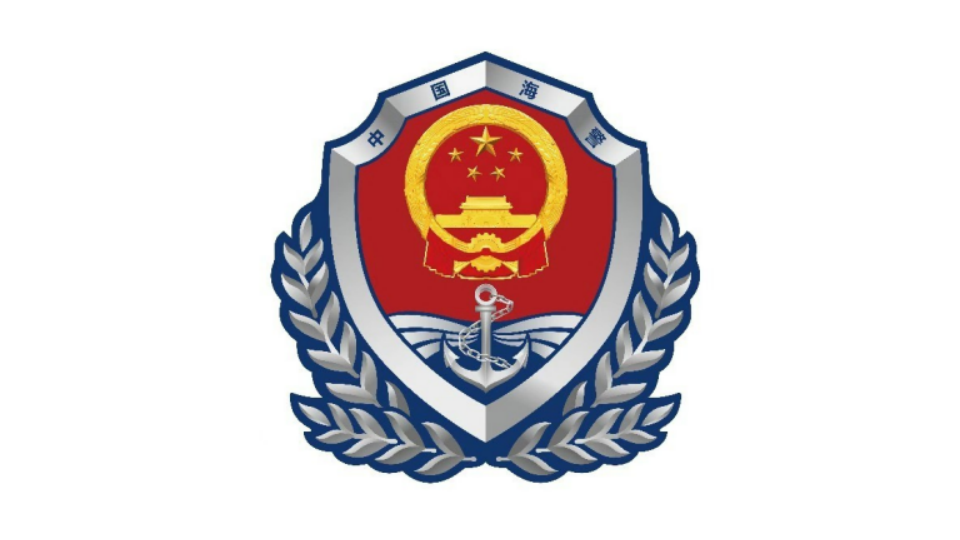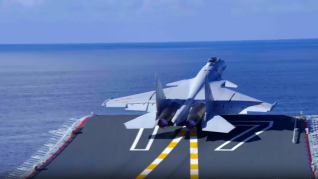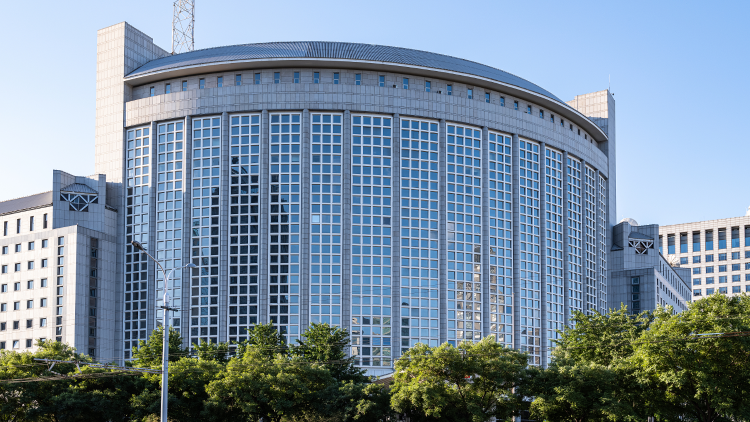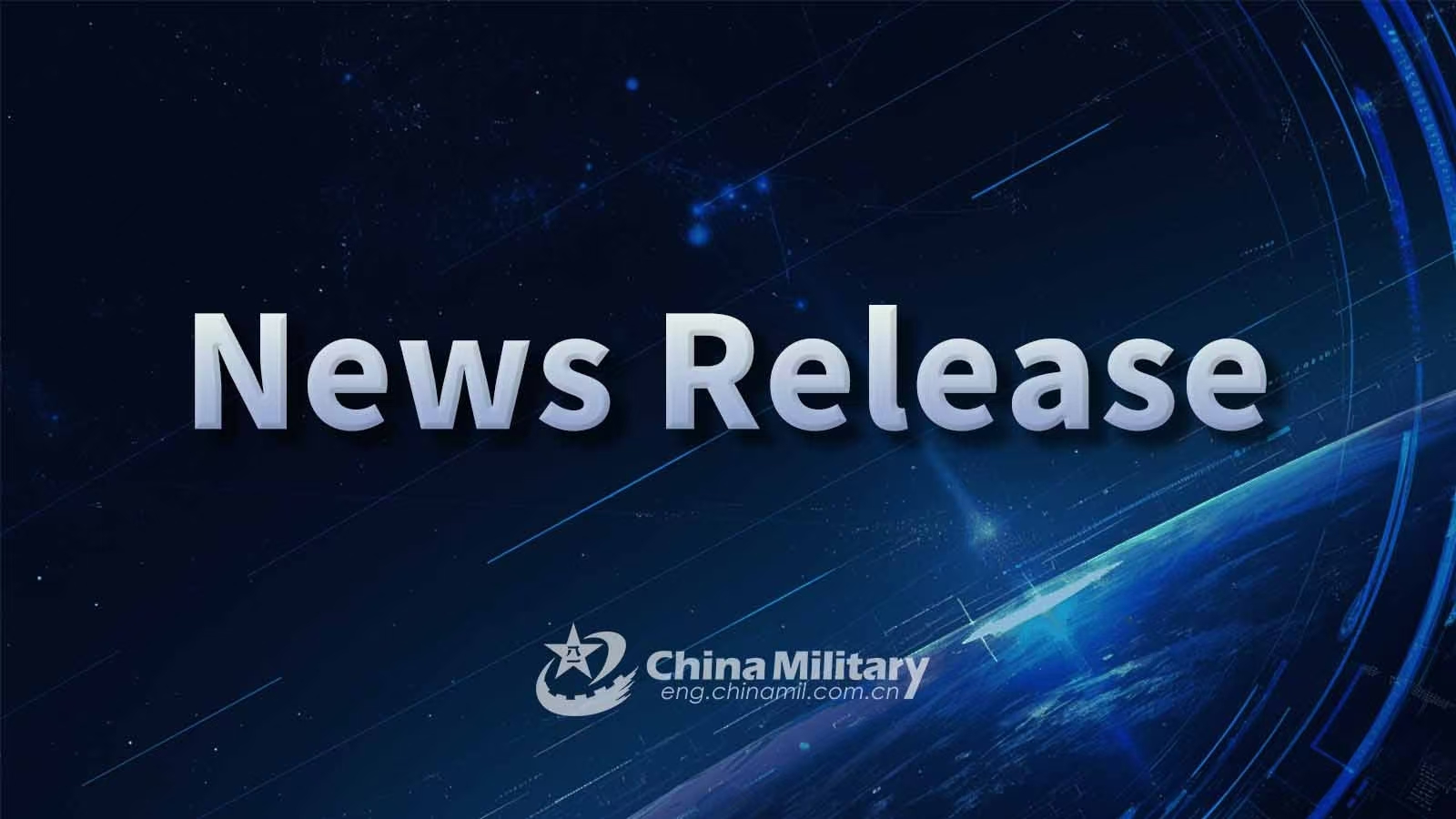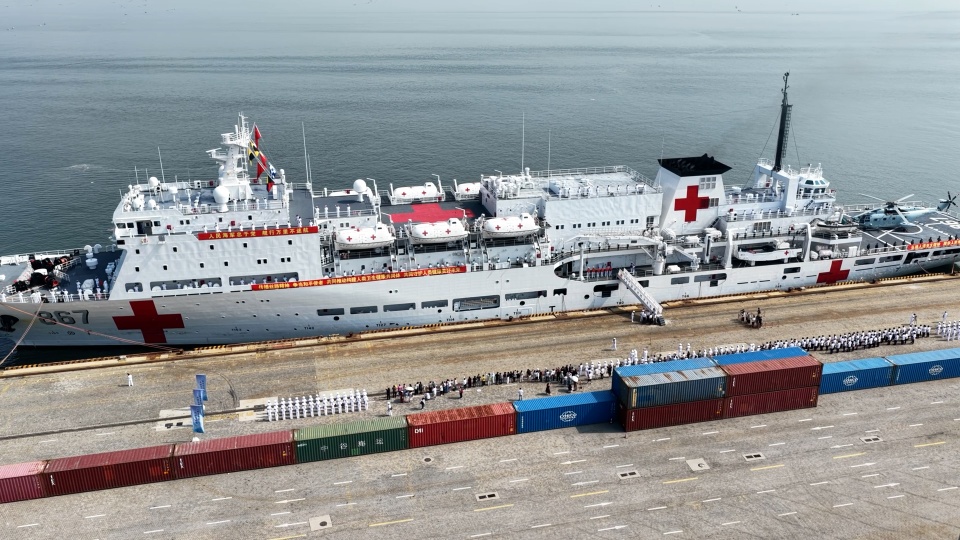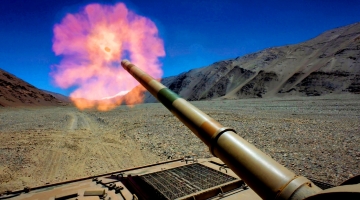By Chen Hong
The foreign ministers of the US, Japan, India, and Australia convened in Washington on July 1 for a meeting widely viewed as an effort to strengthen strategic coordination within the QUAD framework. However, against the backdrop of an increasingly turbulent global security landscape, the meeting was overshadowed by a sense of uncertainty. Coinciding with the meeting, maritime law enforcement personnel from Japan, Australia, and India boarded a large patrol vessel of the US Coast Guard to conduct an onboard observer mission, carrying out joint patrols and training in the western Pacific between Palau and Guam. On the surface, it appeared to be a routine operation to safeguard maritime order, but in reality, it highlights the geopolitical misalignment within the QUAD's security cooperation.
The waters between Palau and Guam lie between the so-called first island chain and second island chain, an area long regarded as a traditional strategic buffer zone for the US military. The patrol, led by the US with Japan, Australia and India merely sending personnel onboard, clearly underscores that the operation is more about Washington's extended maritime enforcement than genuine, equal cooperation. In fact, apart from the US, the coast guards of Japan, India, and Australia mainly focus on their own surrounding waters and lack the capacity for sustained long-range deployments. Even the US Coast Guard's operations in the Western Pacific have fallen short of expectations. As a result, the joint patrols by the four QUAD countries in the region are far more symbolic than substantive.
The foreign ministers' meeting in Washington was ostensibly intended to prepare for the QUAD Leaders' Summit scheduled to be held in India later this year. However, in reality, it could not hide the deep-seated contradictions among the four countries. Since the return of Donald Trump to office, the strategic gap between Australia and the US has become increasingly pronounced. Australian Prime Minister Anthony Albanese was notably absent from the NATO summit held in Brussels not long ago. Despite pressure from the US, Australia has been forced to raise its defense spending, yet Anthony Albanese remains firm in rejecting Washington’s demand to lift the defense budget to 3.5% of GDP. Meanwhile, the US-Japan alliance is also facing growing uncertainties. Recently, Japan made the rare move of postponing the planned US-Japan "2+2" talks, effectively rejecting Washington's demand that Tokyo also raise its defense spending to 3.5% of GDP. Since the launch of the US "Indo-Pacific Strategy", India has consistently maintained a strategically detached stance. As the only non-aligned country in the QUAD, India has kept its distance from Washington on key issues, unwilling to become a tool of US hegemonic ambitions.
While the QUAD is seen by the US as a core pillar of its Indo-Pacific strategy to build a regional containment network aimed at curbing China's peaceful development, it serves more as a diplomatic card to expand their own influence in regional affairs rather than as a mere extension of US strategic goals for the other three countries.
Since the new US administration took office, it has repeatedly undermined the multilateral order through pursuing an "America First" approach and treating its allies as mere instruments of its own interests, a strategy that has deepened mistrust among traditional partners. Japan worries about being isolated, Australia fears economic repercussions, and India remains wary of being dragged into major power confrontations. All this has left the QUAD stuck in a predicament of superficial unity but underlying division.
This latest joint patrol and the QUAD foreign ministers' meeting may appear well-coordinated on the surface, but in reality they resemble more of a political show. Symbolic cooperation cannot bridge the deep strategic rifts, and diplomatic rhetoric cannot hide the underlying divisions in security thinking.
The patrol from Palau to Guam has laid bare the internal fault lines within the QUAD and the fragility of America's alliances. As the signals of discord sent by officials from the four countries before the meeting have shown, in the face of a complex and shifting Indo-Pacific landscape, the so-called "Free and Open Indo-Pacific" is nothing more than an illusion of mutual checks and balances among states with diverging agendas.
When the US tries to push its confrontational agenda in the Asia-Pacific by force, countries in the region respond with pragmatic choices: development and cooperation remain the unstoppable trend of the times. Any hegemonic ambitions that run counter to this tide are bound to dissolve like bubbles in the currents of reality.
(The author is the director of the Australian Studies Centre, East China Normal University.)
Editor's Note: Originally published on huanqiu.com, this article is translated from Chinese into English and edited by the China Military Online. The information and opinions in this article do not necessarily reflect the views of eng.chinamil.com.cn.






